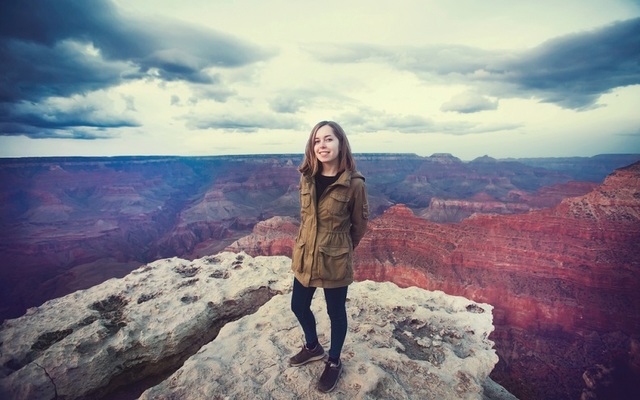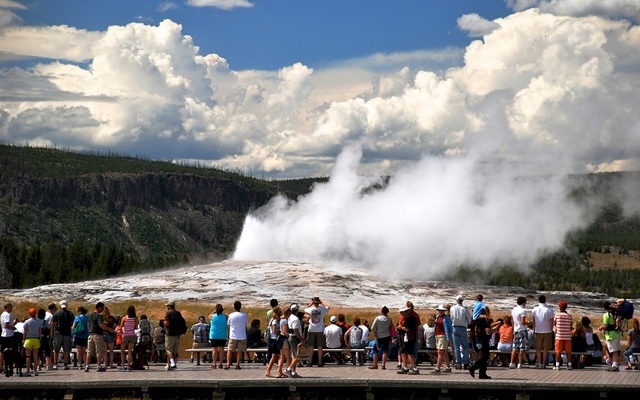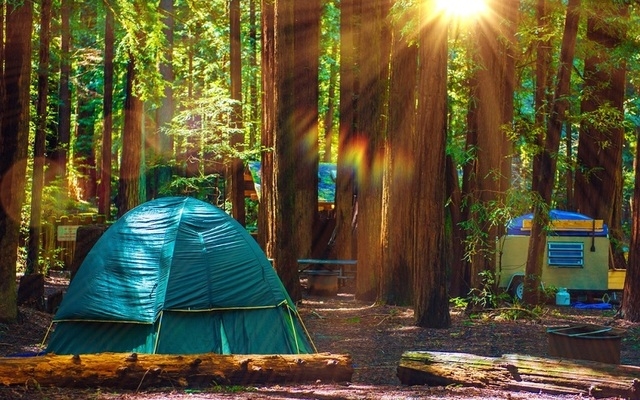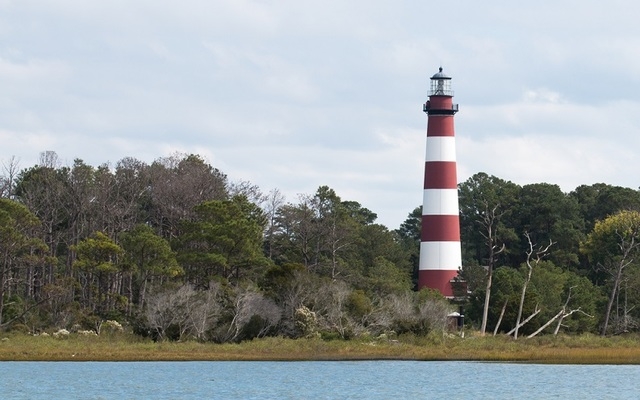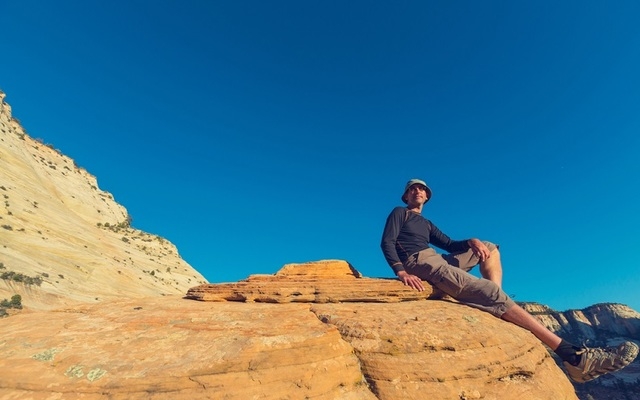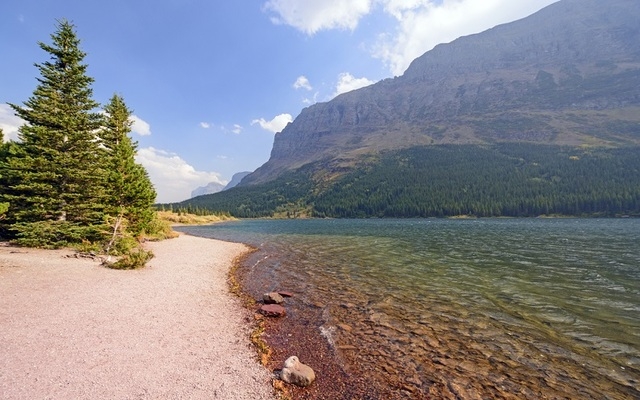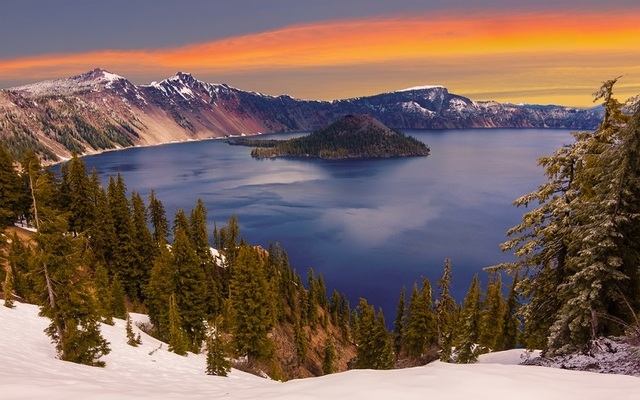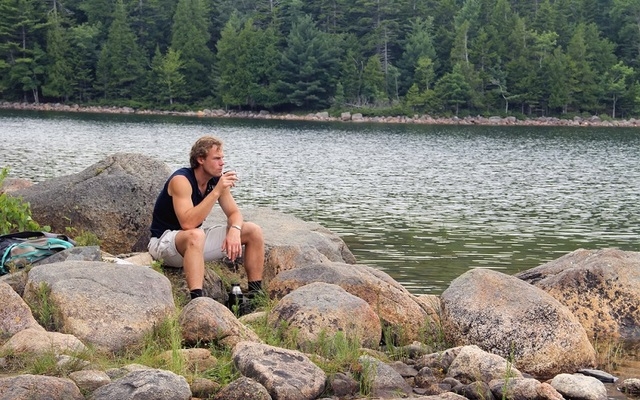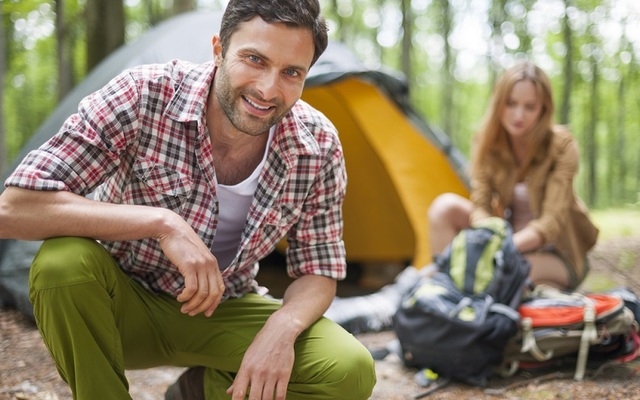10 best primitive camping spots in America
One of the reasons to love primitive camping over other varieties is its low cost. This stripped-down version of camping can save you money, since you will need a lot less equipment to get up close to nature: just a sleeping bag, sleeping pad, backpack and other necessities such as food, first-aid and water purification tablets. For car camping or “glamping,” however, the additional purchases can quickly add up. If you buy a tent, camping chairs, firewood, camp stove, cookware and a cooler, you could spend upwards of $400 more to camp in style.
Primitive camping does have its own considerations and costs, though, and many camping spots will require a permit or charge a fee to adventure-seekers staying overnight. To help you better plan your primitive camping trip, here are the 10 best places to primitive camp in the U.S., along with location details you should know before packing up and heading out.
1. Yosemite National Park Camping
Yosemite National Park in California stretches across 1,200 square miles of wilderness. The park’s campgrounds include a couple of primitive options: Yosemite Creek Campground and Tamarack Flat Campground, both of which are first come, first served.
Campers at these sites should plan to bring drinking water or a method to purify water, however, as neither site has a source of potable drinking water. Water purification doesn’t have to be expensive, though; while there are plenty of $100 water purification systems out there, a simple $10 pack of purification tablets and a bottle should work just fine.
In addition to these campgrounds, Yosemite camping can happen pretty much anywhere in the park with a free wilderness permit. While these permits carry no cost, there is a limited number of them so the park recommends making a reservation, which costs $5 per person, plus $5 when the reservation is confirmed. Backcountry campers might be limited to a certain location on their first night, but beyond that restriction, “you may camp wherever you can hike to within the wilderness,” according to the National Park Service.
2. Joshua Tree National Park Camping
It might be another national park in California, but Joshua Tree camping provides a completely different experience from Yosemite. With a desert landscape peppered with Joshua trees that give the park its name along with unique rock formations like Skull Rock, Joshua Tree National Park offers primitive campers a unique experience.
Joshua Tree has a number of primitive campsites, including Ryan, White Tank and Hidden Valley, none of which have running water and charge fees of $15.
Backpacking is also permitted in the park, but you will have to make sure to register at a backcountry registration board. This type of Joshua Tree camping will also require campers to carry their own water, as water sources in the park are reserved for wildlife. Open fires are also prohibited in backcountry Joshua Tree camping, so plan to bring a portable stove — which start around $35 for basic trail stoves and fuel — or pack food that won’t need to be cooked.
Campers should also be prepared for high temperatures during the day, especially in summer months, accompanied by drops to colder temperatures at night.
3. Grand Canyon National Park Camping
Grand Canyon National Park in Arizona offers more than an experience to primitive campers; it can pose a challenge. Hikers should be prepared to deal with demanding trails, altitude changes, a “lack of water, extreme heat and cold, and isolation characteristic of the Grand Canyon,” according to the National Park Service site.
For Grand Canyon camping outside of designated campgrounds, you’ll need to request and obtain a permit from the park’s Backcountry Information Center up to four months in advance since demand to camp here is high. Permit costs are as follows: $10 per permit and $8 per person for each night camped below the canyon rim, or $8 per group for each night spent above the rim.
With sweeping views of the Canyon, Tuweep Campground is another primitive camping spot in Grand Canyon National Park, with only composting toilets and picnic tables provided and open fires prohibited. This campground still requires a permit.
4. Yellowstone National Park Camping
Yellowstone National Park, which is shared by Idaho, Wyoming and Montana, is a popular tourist attraction — especially for its famous geyser Old Faithful.
But for those looking for a Yellowstone camping experience that’s off the beaten path, they should experience camping at Indian Creek. It’s one of the park’s more primitive and smaller campgrounds, and is first come, first served. It costs $15 a night to camp here and offers vault toilets. But, showers, a restaurant and general store are 8 miles away from the campground.
Yellowstone camping can get even further off the beaten path, however, with the option of backcountry camping. Campers are required to obtain a backcountry permit and camp at a designated campsite. Yellowstone backcountry permits cost $3 per person, per night (capped at $15 per group). There are also annual backcountry passes available for $25.
5. Sequoia National Park Camping
Backpacking and other backcountry, overnight camping at Sequoia National Park in California requires a permit. During the busy season — May to September — these permits are limited to a quota but can be reserved in advance or acquired the day of your camping trip at a cost of $15 per group.
Sequoia camping options include several primitive campgrounds: South Fork, Atwell Mill and Cold Springs. These Sequoia campgrounds cost $12 a night and feature vault toilets, a picnic table and food lockers, since Sequoia is also home to bears and other large wildlife.
6. Assateague Island Camping
Assateague Island National Seashore is located in Maryland and Virginia, and offers seaside camping with ocean views, as well as sightings of wild horses. But according to the National Park Service, camping is only available in the island’s Maryland district.
Campers are provided several drive-in or walk-in campsites with picnic tables and fire pits, as well as chemical toilets and drinking water nearby. Assateague Island camping also includes six areas designated for backcountry campers, which is ideal if you want to paddle your way around the island and set up camp at night. This backcountry camping will require a permit, which costs $6 per person and is good for seven days.
7. Zion National Park Camping
Zion National Park in Utah juxtaposes red sandstone against lush green wilderness and rivers winding through slot canyons. There’s plenty of hiking and exploring to be done in the park, from Angel’s Landing to the Narrows.
When it comes to Zion National Park camping, there are three campgrounds: South, Watchman and Lava Point. The Lava Point Campground has six primitive campsites that are first come, first served. They have pit toilets and trash cans but no water.
Campers who want to take an overnight backpacking trip will need to get permits. Permits cost $10 for one or two people, $15 for three to seven and $20 for eight to 20.
8. Glacier National Park Camping
Glacier National Park in Montana offers some great primitive camping options with three of its official campgrounds: Quartz Creek, Logging Creek and Cut Bank campgrounds. These sites don’t have flushing toilets, showers or disposal sites, so campers should plan to pack out any waste or trash they make.
Campers can also go backcountry camping at Glacier National Park. Some campgrounds have sites you can reserve, and you can also camp out on the river.
9. Crater Lake National Park Camping
Crater Lake National Park in Oregon is a beautiful caldera that’s home to a sparkling lake. If you’re looking for a drive-up site for camping at Crater Lake National Park, the Lost Creek Campground is the choice for you.
This tents-only, primitive campground costs $10 a night and is first come, first served. Backcountry camping is also permitted, according to the Pacific Crest Trail Association. Campers, however, are required to set up their sites at least 1 mile from the nearest road.
10. Acadia National Park Camping
With a scenic landscape located in Maine, Acadia National Park is another popular option for primitive campers on the East Coast.
The park’s Blackwoods Campground offers only primitive camping during the off season (December to March). Duck Harbor Campground also offers primitive campsites with lean-to shelters, which can be reserved in advance. The amenities at these campgrounds are limited to composting toilets and hand-pumped water sources.
From GoBankingRates.com: 10 Best Primitive Camping Spots in America
Related Stories:
-15 ways to enjoy a cheap staycation
-10 worst and best vacation cities in the U.S.





